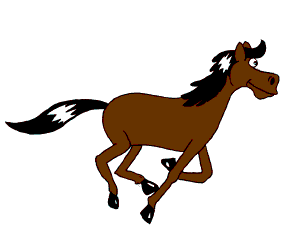
Animation is the rapid display of a sequence of images of 2-D or 3-D artwork or model positions in order to create an illusion of movement. It is an optical illusion of motion due to the phenomenon of persistence of vision, and can be created and demonstrated in a number of ways. The most common method of presenting animation is as a motion picture or video program, although several other forms of presenting animation also exist.
In film and video, footage is the raw, unedited material as it had been originally filmed by movie camera or recorded by a video camera which usually must be edited to create a motion picture, video clip, television show or similar completed work. More loosely, footage can also refer to all sequences used in film and video editing, such as special effects and archive material (for special cases of this, see stock footage andB roll). Since the term originates in film, footage is only used for recorded images, such as film stock, videotapes or digitized clips – on live television, the signals from the cameras are called sources instead.
The origin of the term "footage" is that early 35 mm Silent film has traditionally been measured in feet and frames; the fact that film was measured by length in cutting rooms, and that there are 16 frames (4-perf film format) in a foot of 35 mm film which roughly represented 1 second of silent film, made footage a natural unit of measure for film. The term then became used figuratively to describe moving image material of any kind.
.gif)




No comments:
Post a Comment